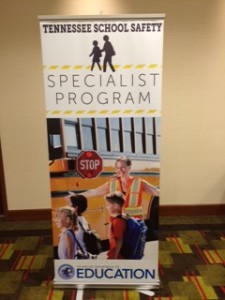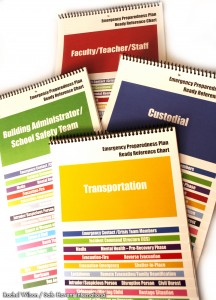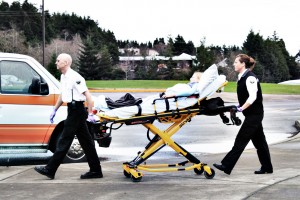
The Tennessee School Safety Specialists Academy is a best in class statewide approach to school safety. Like the Indiana School Safety Specialists Academy, the program uses a blend of live and web-based training to develop a high degree of school safety expertise in local communities.
School Safety Specialists Academies – Advanced Statewide Programs
I had the honor to be allowed to present for the Tennessee School Safety Specialists Academy this week and was deeply impressed by the program. Though I have keynoted for the Tennessee Department of Education before, this was my first opportunity to be a part of this exceptional program. I was even more fortunate to be able to present on Monday to the Advanced Academy group and again on Tuesday to the Basic School Safety Specialists Academy. Modeled in some regards after the highly respected Indiana School Safety Specialists Academy, the Tennessee School Safety Specialists Academy utilized a forty hour basic academy which includes four days of live training with one day of web-based training. The graduates from the first Basic School Safety Specialists Academy last year completed their training this Monday while the Basic School Safety Specialists began their training on Tuesday.
All-Hazards School Safety
Like Indiana’s superb program, the Tennessee School Safety Specialists Academy is focused on the all-hazards approach to school safety. Like the Indiana School Safety Specialists Academy, The Tennessee School Safety Specialists Academy is also attended by practitioners from a wide array of job roles and professional backgrounds. As I told Pat Conner from the Tennessee Department of Education, I really enjoyed presenting to their advanced group because you have to be on your best game when presenting to a group of practitioners who have had the benefit of advanced-level school safety training. Passionate advocates for the children like Pat and Mike Hermann have made the new program so impactful just as Clarissa Snapp, David Woodward, Gary Green, Ryan Stewart and others have built and grown Indiana’s amazing school safety program.
I have always felt this way about the Indiana School Safety Specialists Academy. I have presented for the Indiana School Safety Specialists Academy every year for more than a decade and will be presenting for both the Advanced and Basic Academies again this year.
A Best in Class Statewide Approach to School Safety
Like their counterparts in Indiana, the Tennessee Department of Education personnel tasked with school safety carefully vet their presenter and closely monitor feedback from attendees. Indiana’s program has been incredibly successful for this reason. The Basic Academy already has more than 500 participants registered with more than 300 people who had to be turned away due to lack of space while more than 900 participants are registered for the Advanced School Safety Specialists Academy. The numbers speak for themselves. From the feedback I received from participants in both groups this week, Tennessee’s new School Safety Specialists Academy has also been an overwhelming success. I have had been privileged to present for about half of the nation’s state departments of education and have seen many other great approaches to school safety though many of these excellent programs have suffered severe budget cuts in recent years. We are now working with another state department of education that seeks to develop a similar program and are hopeful they will be successful. I certainly wish more states would emulate these two awesome and cost-effective approaches. Our nation’s schools would certainly be safer for it.

